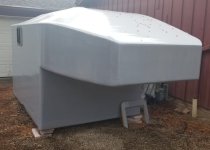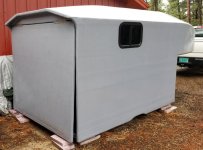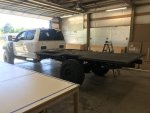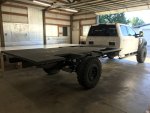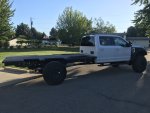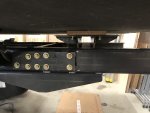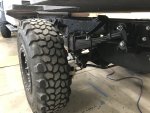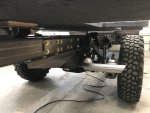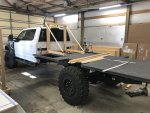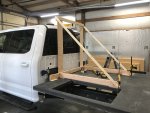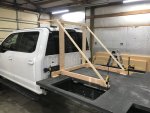Vance Vanz
Well-known member
Hey rruff.Very ambitious build... looks like you are making great progress!
Do you have carbon/composite building experience? What weight/thickness of cloth did you use on your floor? What is the core foam?
Thanks for the questions. You beat me to the punch. I was just putting everything together as far as the floor materials. Please see the post I just sent out.
I do have experience, but mostly with fiberglass as opposed to carbon fiber. I make no claims of being a professional, I am more of a "pre-fessional". The sub frame and carbon fiber camper were/are the two elements of the build that were always going to be the most challenging for me. I was originally going to have a sub frame built by DDG Overland and order a box from Total Composites. In the end, their products would not work for my design. This put me in a position of having to alter my design, which I was not willing to do, or required me to design and build everything myself. Obviously I chose the latter. Hopefully it all pays off in the end ?.
Yes, this is a very ambitious build. I am reminded of that every day I am in the shop.
Lucky for me, this is my full-time project, so I can geek out on it as much as I need to, to make sure the entire build is solid. I'm also detail oriented, a bit OCD one might say, so this helps.
Last edited:


